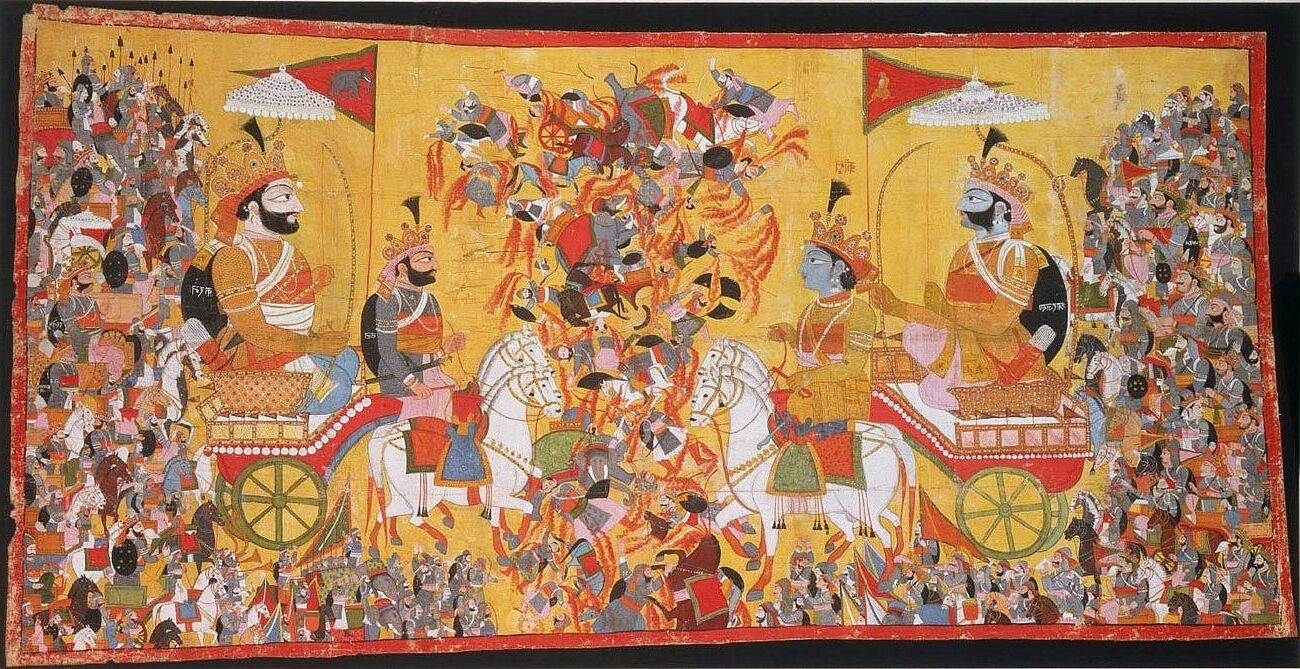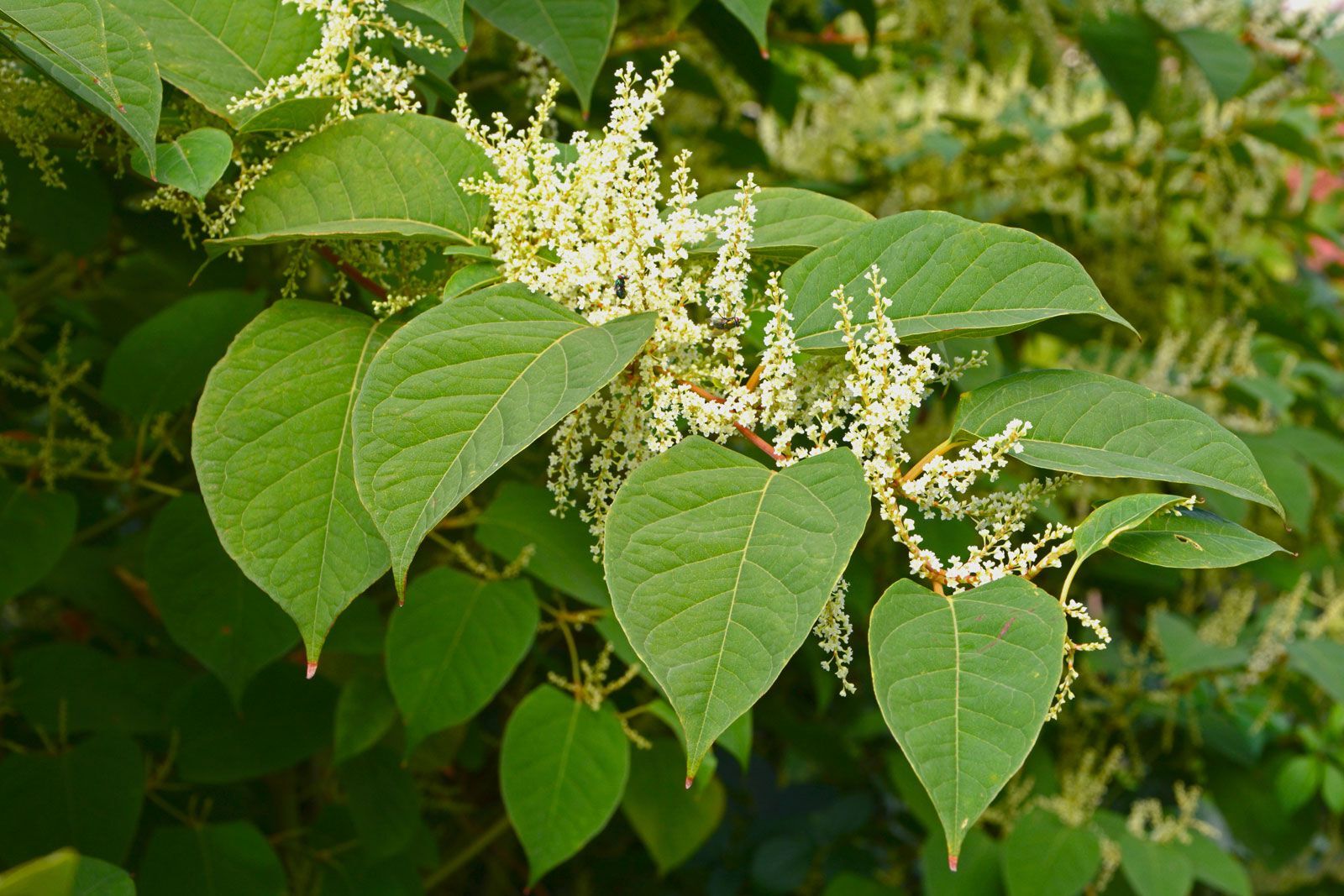
What makes the Kurukshetra War so significant in Indian history? The Kurukshetra War, also known as the Mahabharata War, stands as a monumental event in Hindu mythology and Indian history. Spanning 18 intense days, this epic conflict between the Pandavas and Kauravas involved millions of warriors and witnessed numerous acts of bravery, strategy, and betrayal. With only 18 survivors out of nearly 4 million fighters, the war's devastation was unparalleled. Beyond its sheer scale, the war's intricate military tactics, personal vendettas, and divine interventions have left a lasting cultural legacy. This article delves into 45 key facts that highlight the war's profound impact and enduring significance.
Key Takeaways:
- The Kurukshetra War lasted 18 days, involved 3.94 million warriors, and inspired art and literature, leaving a profound impact on Indian culture and society.
- The war featured notable leaders like Yudhishthira and Bhishma, employed strategic military formations, and saw the intervention of Krishna, shaping its historical significance.
Duration and Scale of the Kurukshetra War
The Kurukshetra War, a central event in the Mahabharata, is known for its immense scale and duration. Here are some key facts about its length and the armies involved.
- The war lasted for 18 days, with each day filled with intense battles and strategic maneuvers.
- The conflict involved 18 Akshauhinis, with the Pandavas commanding 7 and the Kauravas 11.
- Approximately 3.94 million warriors participated, including charioteers, elephant riders, horsemen, and infantry.
- Only 18 people survived, making it one of history's most devastating battles.
- The entire battlefield was cremated to dispose of the dead, leaving no evidence of the carnage.
Historical and Cultural Significance
The Kurukshetra War holds a significant place in Hindu mythology and Indian history. Here are some facts that highlight its importance.
- The war is not mentioned in Vedic literature but is prominent in later Hindu scriptures.
- British Indologist A. L. Basham suggested the war might be a muddled recollection of a real conflict, possibly from the ninth century BCE.
- The war has inspired numerous works of art, literature, and philosophy, reflecting its profound impact on Indian culture and society.
Leaders and Commanders
The war featured many notable leaders and commanders from both sides. Here are some key figures.
- The Pandavas were led by Yudhishthira, with Dhrishtadyumna as their commander-in-chief.
- The Kauravas were led by Dhritrashtra, with Bhishma as their initial commander-in-chief.
- Krishna played a crucial role as a strategist for the Pandavas, often guiding Arjuna and other warriors.
Military Formations and Strategies
Both sides employed various military formations and strategies to gain an advantage. Here are some examples.
- The Kauravas used the Garuda and Kurma formations.
- The Pandavas used the Crescent Moon formation.
- These formations were designed to maximize the effectiveness of their troops.
Notable Warriors and Their Feats
Many brave warriors fought in the Kurukshetra War, each with their own remarkable stories. Here are some of them.
- Abhimanyu, the son of Arjuna and Subhadra, was a young and brave warrior who was trapped in the Chakra Vyuh formation by the Kauravas and killed.
- Bhima killed Duryodhana with a mace, violating the rules of combat.
- Sahadeva, one of the Pandavas, was an expert in astrology and disclosed the auspicious time to start the war despite knowing the Pandavas would win.
Dynasties and Religions
Kurukshetra has a rich history that extends beyond the war. Here are some facts about its dynasties and religious significance.
- Kurukshetra reached its zenith during King Harsha’s reign.
- It was a center of Buddhism and Hinduism during the Mauryan and Kushan dynasties.
- The region was later conquered by the Guptas and the Pushyabhuti dynasty.
Muslim Invasions and Sikh Influence
Kurukshetra has seen various invasions and influences over the centuries. Here are some key events.
- The first Muslim invasion of Kurukshetra occurred in 1034.
- The region was attacked by Mohammed Ghazni in 1014 and later became part of the Delhi Sultanate in 1206.
- Nine out of ten Sikh gurus have visited Kurukshetra, and gurudwaras have been established in their memory.
Educational Institutions
Today, Kurukshetra is known for its educational institutions. Here are some notable ones.
- Kurukshetra University is a prominent educational institution in the region.
- The National Institute of Technology (NIT) is another significant institution.
- The National Institute of Design (NID) also has a presence in Kurukshetra.
Importance of the Number 18
The number 18 holds significant importance in the Kurukshetra War. Here are some interesting facts.
- The war lasted for 18 days.
- The number of Akshauhinis involved was also 18.
- The composition of one Akshauhini adds up to 18 when individual numbers are added.
Army Composition and Warrior Competence
The armies in the Kurukshetra War were composed of various units and warriors with different levels of competence. Here are some details.
- One Akshauhini consists of 21,870 chariots, 21,870 elephants, 65,610 horses, and 109,350 infantry.
- Warriors were classified based on their combat skills: Rathika, Athiratha, and Maharatha.
- The total number of horses used in the war was estimated to be around 15,74,640.
- The total number of infantry was approximately 1,530,900 soldiers.
Krishna’s Role and Interventions
Krishna played a crucial role in the Kurukshetra War, often intervening to guide the Pandavas. Here are some key moments.
- Krishna broke his vow to stop Bhishma from killing Arjuna, ensuring Arjuna could continue fighting.
- Krishna cursed Ashwatthama to suffer from leprosy until the end of Kaliyuga due to his immoral act of killing sleeping warriors.
- Krishna intervened multiple times during the war, guiding Arjuna and other warriors.
Personal Vendettas and Pledges
The war was fueled by intense personal vendettas and pledges. Here are some notable ones.
- Bhima pledged to kill Dushasana by plucking his arm and drinking his blood.
- Draupadi vowed not to braid her hair till she washed it with the blood of Dushasana.
- Ashwatthama pledged to slaughter all the Pandavas on the 18th day of the war.
Final Battles and Aftermath
The final days of the Kurukshetra War were marked by significant events and the aftermath of the conflict. Here are some key moments.
- Bhishma fought valiantly for 10 days and was mortally wounded by Arjuna.
- Duryodhana hid in a lake after his brothers were killed but was challenged by Bhima and died after being thrashed by Bhima’s mace.
- With Duryodhana’s death, the Pandavas emerged victorious.
- Yudhishthira estimated that 1,660,020,000 soldiers died in the war, with 24,165 missing.
- Only eight known survivors were recorded: the Pandavas, Krishna, Satyaki, and Yuyutsu.
- The Kurukshetra War remains a topic of historical relevance today, providing insights into ancient warfare strategies, cultural practices, and the complexities of human conflict.
The Enduring Legacy of Kurukshetra
The Kurukshetra War remains a cornerstone of Hindu mythology and Indian history. Spanning 18 intense days, it showcased the valor, strategy, and moral dilemmas faced by the Pandavas and Kauravas. With only 18 survivors out of millions, the war's devastation is unparalleled. Key figures like Krishna, Bhishma, and Arjuna played pivotal roles, influencing the course of the battle and its aftermath. The war's impact extends beyond the battlefield, shaping cultural, religious, and philosophical narratives for centuries. From the strategic military formations to the personal vendettas, every aspect of the Kurukshetra War offers valuable insights into ancient warfare and human nature. Today, Kurukshetra stands as a symbol of sacrifice, duty, and the eternal struggle between good and evil, continuing to captivate and inspire generations.
Frequently Asked Questions
Was this page helpful?
Our commitment to delivering trustworthy and engaging content is at the heart of what we do. Each fact on our site is contributed by real users like you, bringing a wealth of diverse insights and information. To ensure the highest standards of accuracy and reliability, our dedicated editors meticulously review each submission. This process guarantees that the facts we share are not only fascinating but also credible. Trust in our commitment to quality and authenticity as you explore and learn with us.


